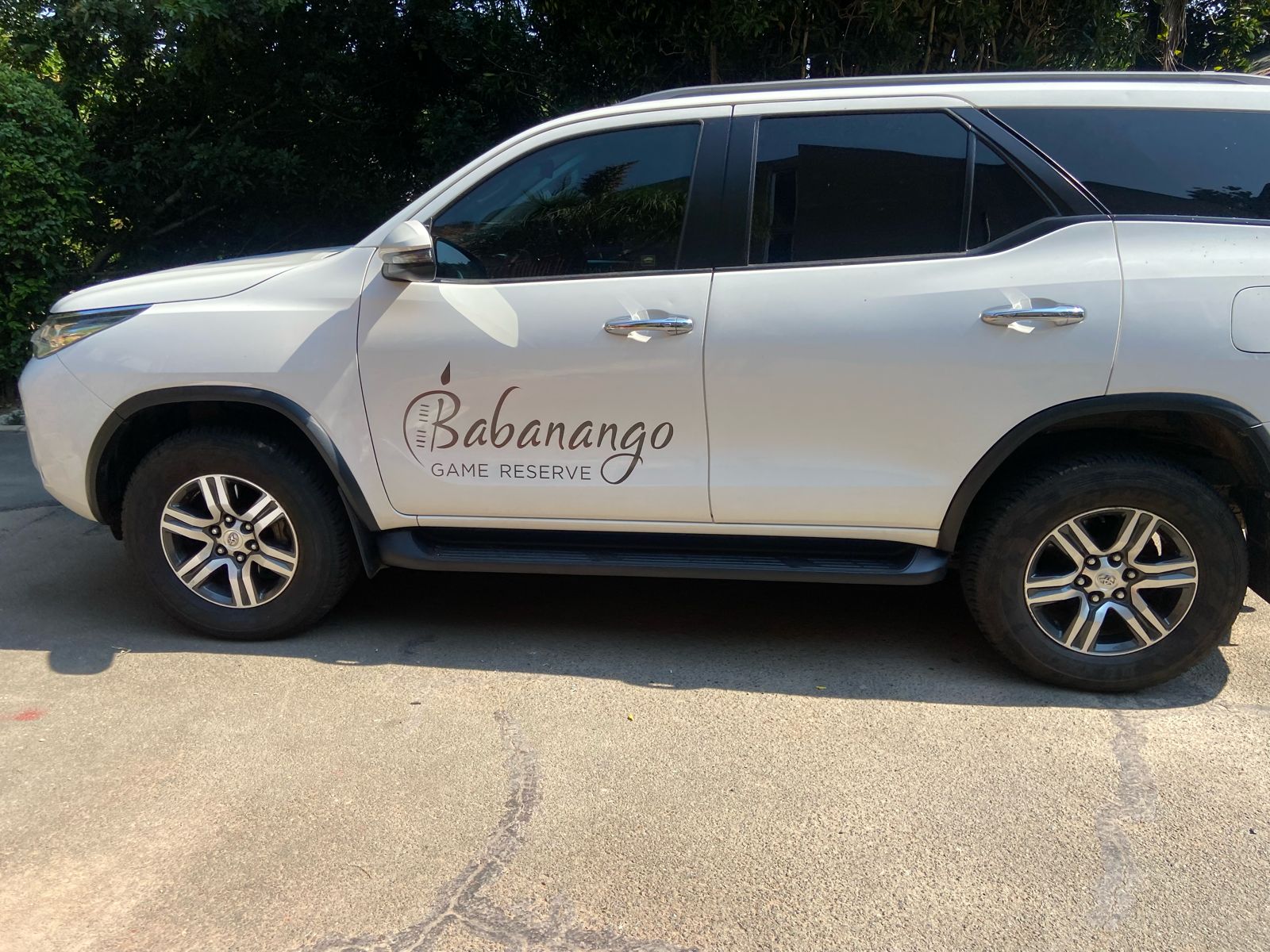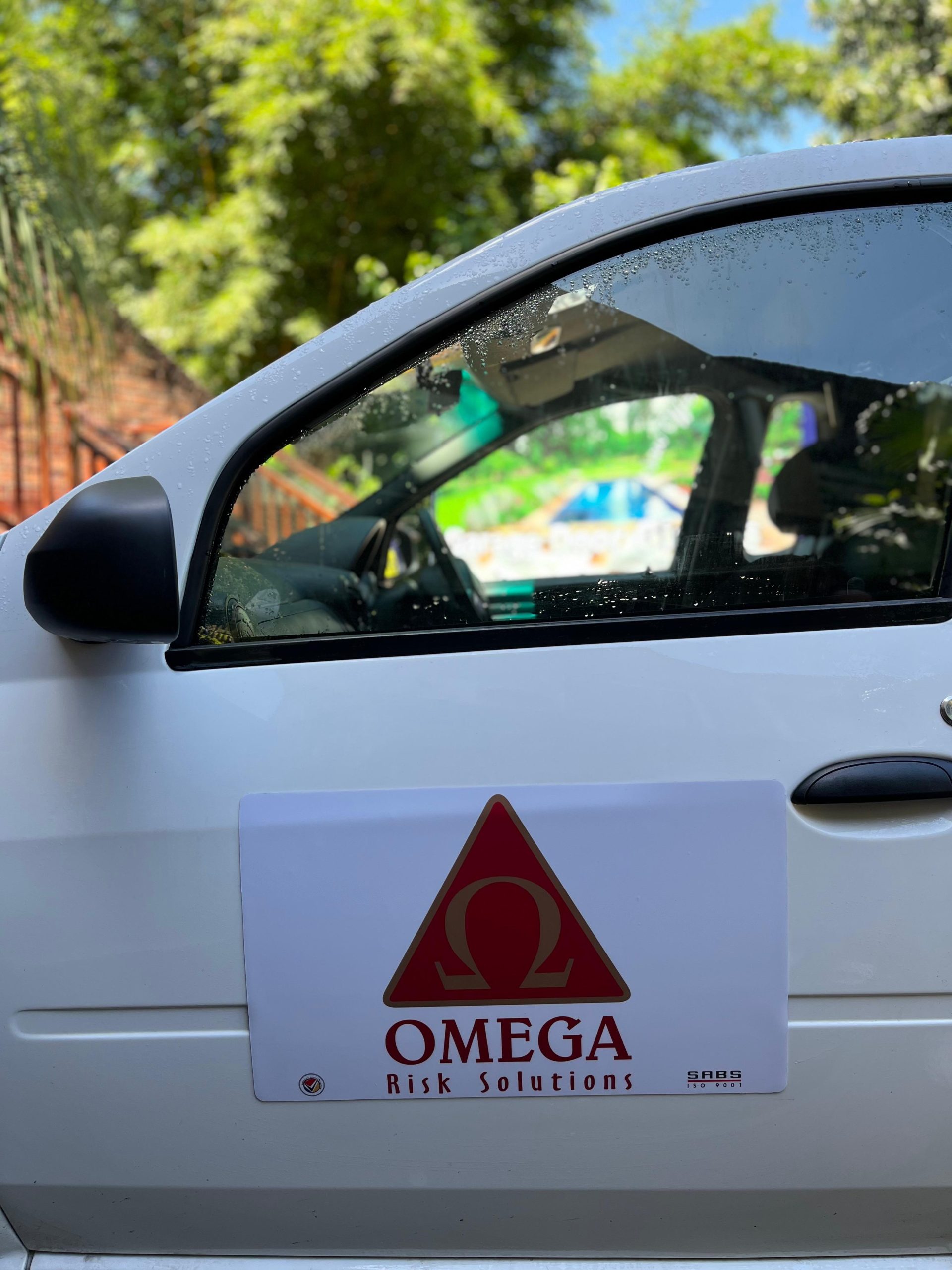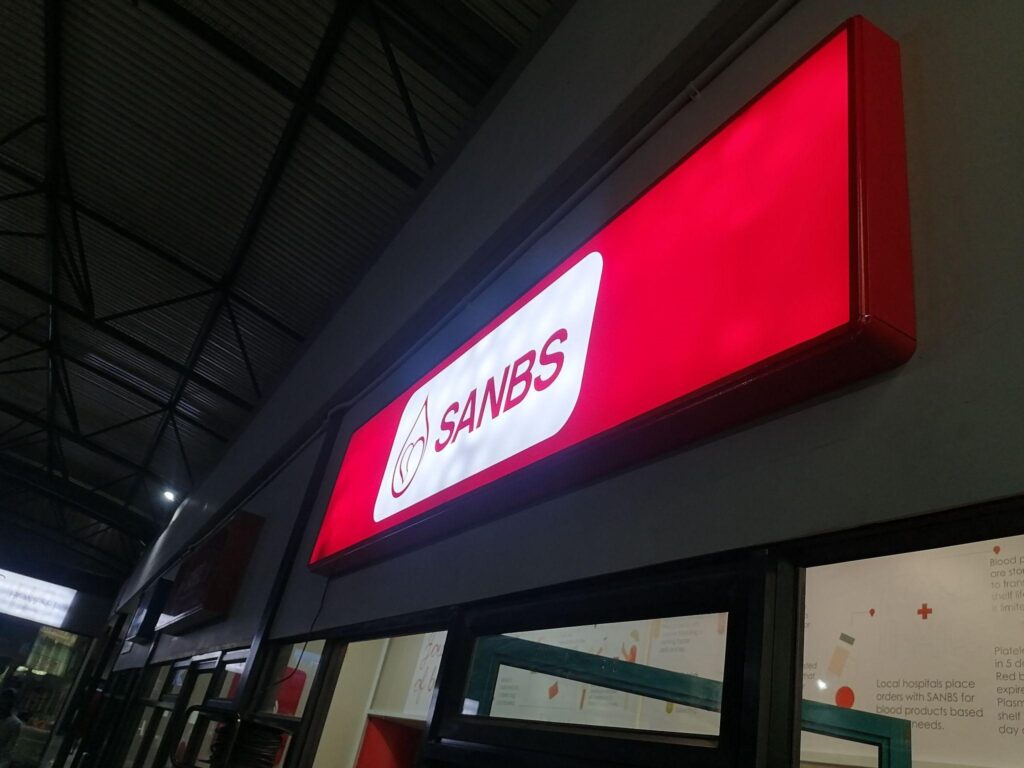When running a business, signage boards are one of the most important marketing tools you can invest in. These visual aids don’t just provide information—they establish your brand’s presence, enhance visibility, and serve as a permanent advertisement for your company. Selecting the right business signage boards is essential for maximizing impact and ensuring that your brand’s message is clear and memorable.
In this guide, we’ll walk you through the importance of business signage boards, different types, materials, design tips, and more. We aim to help you make the best choice for your company signage, making your business stand out from the competition.
Importance of Business Signage Boards in Branding and Marketing
Business signage is often the first interaction potential customers have with your brand. A well-designed and strategically placed sign board for business can create a lasting impression and convey professionalism, reliability, and brand identity. This visual representation plays a pivotal role in reinforcing your marketing efforts, while simultaneously attracting foot traffic and boosting brand recognition.
Signage boards can also help distinguish your company in a competitive market. Whether you run a small boutique or a large corporation, consistent and eye-catching signage is crucial to communicate your brand message and values.
Types of Business Signage Boards: Which One Is Right for Your Company?
There are numerous types of company signage available, and choosing the right one depends on various factors like your business location, brand identity, and budget. Here’s a breakdown of the most common options:
- Pylon Signs: Tall and highly visible, these are great for attracting attention from a distance. Ideal for businesses located along highways or in shopping centers.
- Monument Signs: These low-profile signs are mounted on the ground, offering a professional and elegant aesthetic.
- Channel Letter Signs: Often illuminated, these are three-dimensional letters mounted individually to form your brand name or logo.
- A-Frame Signs: Portable and affordable, A-frame signs are perfect for businesses that want to advertise daily specials or announcements.
- Digital LED Signs: For businesses that require changing messages frequently, LED signs offer a dynamic and modern solution.
- Window Graphics: Perfect for retail shops, window graphics can transform glass storefronts into brand showcases.
Indoor vs. Outdoor Signage: Key Differences and Their Uses
Indoor and outdoor signage serve different purposes, and understanding these differences is key to making the right choice for your business. Outdoor signage aims to capture attention and bring people into your store, while indoor signage focuses on guiding customers, highlighting services, or enhancing the overall ambiance.
- Outdoor Signage: Must withstand weather conditions and maintain visibility. It’s typically larger, more durable, and designed to catch attention from a distance.
- Indoor Signage: Smaller and more refined, indoor signage provides directional guidance, promotes in-store specials, or enhances the customer experience within your premises.
Choosing Materials for Your Sign Board: A Comprehensive Guide
Selecting the right material for your signage depends on its location (indoor or outdoor), budget, and aesthetic preferences. Here are some commonly used materials:
- Acrylic: Sleek and professional, acrylic signs are ideal for indoor settings or businesses that want a polished look.
- Aluminum: Durable and lightweight, aluminum is a great choice for outdoor signs as it resists rust and corrosion.
- PVC: A cost-effective option that’s great for both indoor and outdoor use.
- Wood: Adds a rustic, natural charm to your signage. However, it requires regular maintenance to prevent wear.
- Coroplast: Lightweight and inexpensive, often used for temporary or promotional signage.
Illuminated Signage Boards: Boosting Visibility and Appeal
Illuminated signs enhance visibility, especially in low-light conditions or nighttime. There are several types of illuminated signage to consider:
- LED Signs: Energy-efficient and long-lasting, LED lights offer a bright and modern look.
- Backlit Signs: These signs feature light sources behind the letters, giving them a halo effect.
- Neon Signs: Known for their vibrant glow, neon signs create a retro, eye-catching display that draws attention.
Illuminated signage is perfect for businesses that operate after dark, ensuring that your brand remains visible and attractive 24/7.
Non-Illuminated Signage: A Cost-Effective Option for Companies
While illuminated signs are impressive, non-illuminated signage can be just as effective for businesses with limited budgets or those operating primarily during daylight hours. Materials like PVC, aluminum, or wood can be shaped and printed to match your brand, offering a clean and professional appearance without the added cost of lighting.
Custom vs. Pre-Made Signage Boards: Which Should You Choose?
When deciding between custom signage or pre-made options, consider your brand’s needs:
- Custom Signage: Tailored to your brand, custom signage allows for personalized designs that represent your company’s identity. While more expensive, it offers a unique look that differentiates your business.
- Pre-Made Signage: Faster and cheaper, pre-made signs are great for temporary needs or businesses that don’t require specific branding.
Design Tips for Effective Business Signage Boards
Design plays a critical role in how successful your signage is. Here are some tips to ensure your sign board for business stands out:
- Use Bold, Legible Fonts: Customers should be able to read your sign quickly, even from a distance. Stick to clean, easy-to-read fonts.
- Keep Colors Simple: Choose colors that contrast well with each other and align with your brand’s palette.
- Incorporate Graphics: Logos or imagery can enhance your message, but ensure they don’t clutter the design.
- Limit Text: The fewer words, the better. Focus on delivering a clear, concise message.
Regulatory Considerations When Installing Signage Boards
Before installing any signage, it’s essential to ensure that your design complies with local laws and regulations. Failure to adhere to these rules can result in fines or the removal of your sign. Regulations often address:
- Sign size and placement
- Illumination restrictions
- Material safety standards
- Permitting processes
FAQs About Choosing the Right Sign Board for Your Business
- What is the ideal size for a business sign board? The ideal size depends on its placement and distance from the viewer. For example, roadside signs should be larger to ensure visibility from afar, while indoor signs can be smaller.
- How much should I budget for high-quality signage boards? The cost varies based on the material, size, and whether the signage is illuminated. Expect to spend anywhere from $100 for small signs to several thousand for large, custom designs.
- Can I install my business signage myself, or should I hire a professional? While simple signs can be DIY projects, it’s often best to hire professionals for larger, outdoor, or illuminated signs to ensure safety and compliance with local laws.
- How do I ensure my signage is compliant with local laws? Research local ordinances or hire a signage company familiar with zoning laws. Permits may be required for certain types of signs.
- How can illuminated signage benefit my business? Illuminated signs make your business visible during the evening, attracting more customers and enhancing brand recognition.
- What are the best materials for outdoor signage boards? Durable materials like aluminum and acrylic are ideal for outdoor use as they resist weather damage and maintain their appearance over time.



